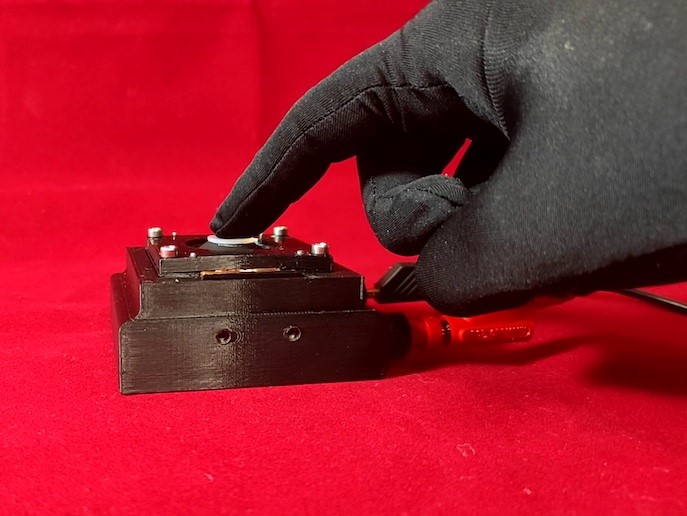Elastic and acoustic properties of porous materials
Polymer-based porous materials are manufactured in diverse forms, including foams and fibrous materials like rock and glass wools used for noise absorption and vibration damping. These materials are characterised by mechanical properties among which elasticity plays a key role in their acoustic behaviour. Knowledge of their elastic properties is necessary to accurately model the propagation of acoustic waves. Researchers working on the EU-funded PAM (The physics of acoustic materials) project proposed the use of guided waves to determine, in particular, the shear modulus over an extended range of frequencies and temperatures. In their experiments, the acoustic waves guided in slabs of polyurethane foam were of the Rayleigh type, which was more suitable for this purpose. The researchers used quasi-monochromatic Rayleigh waves generated by a compact vibration shaker. Their velocity and amplitude were monitored with the use of laser-Doppler vibrometers at different distances. Both group and phase speed of waves were determined by combining measurements collected with theoretical predictions of physical models that describe wave propagation through materials. Calculation of the waves' speeds, in turn, allowed the extraction of parameters that are useful for engineers designing new materials. It is important to know the temperature dependence of elastic properties for porous materials used for the isolation in the aircraft. It is also possible that certain materials become vibro-elastic in a specific range of temperatures. However, experimental data are scarce at the low temperatures encountered during flight. The new guided-wave technique demonstrated within the PAM project has the potential to cover a broad range of temperatures and several orders of magnitude in frequency. This should be sufficient to reliably address the physical mechanisms underlying the visco-elastic behaviour of polymer-based porous materials. Efforts are ongoing to extend the data collected to frequencies lower than 100 Hz, down to 10 mHz. Laser-Doppler vibrometer measurements have already been introduced as a new approach covering the lower-frequency region needed to determine sound transmission properties in walls of reverberant rooms.




